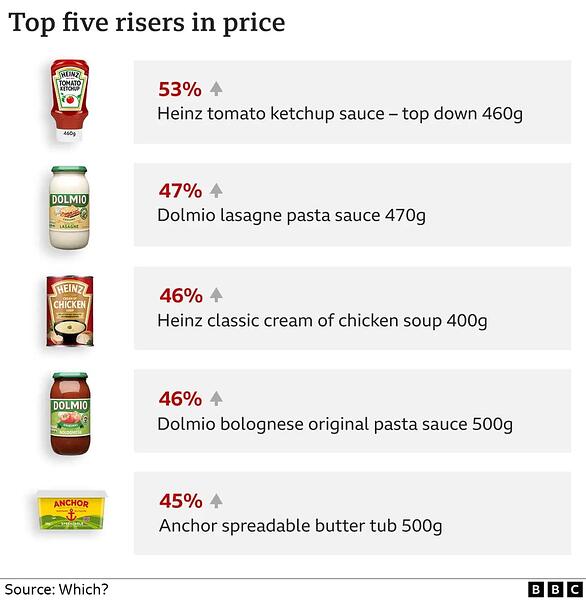Ketchup comes from the Hokkien Chinese word, kê-tsiap, the name of a sauce derived from fermented fish. It is believed that traders brought fish sauce from Vietnam to southeastern China.
The British likely encountered ketchup in Southeast Asia, returned home, and tried to replicate the fermented dark sauce. This probably happened in the late 17th and early 18th centuries as evidenced by a recipe published in 1732 for “Ketchup in Paste,” by Richard Bradley, which referenced “Bencoulin in the East-Indies” as its origin.
But this was certainly not the ketchup we would recognize today. Most British recipes called for ingredients like mushrooms, walnuts, oysters, or anchovies in an effort to reproduce the savory tastes first encountered in Asia. Mushroom ketchup was even a purported favorite of Jane Austen. These early ketchups were mostly thin and dark, and were often added to soups, sauces, meat and fish. At this point, ketchup lacked one important ingredient.
Enter the tomato. The first known published tomato ketchup recipe appeared in 1812, written by scientist and horticulturist, James Mease, who referred to tomatoes as “love apples.” His recipe contained tomato pulp, spices, and brandy but lacked vinegar and sugar.
Ketchup’s success was due in part because it could be kept for up to a year. Still, preservation of tomato ketchups proved challenging. Since tomato-growing season was short, makers of ketchup had to solve the problem of preserving tomato pulp year round. Some producers handled and stored the product so poorly that the resulting sauce contained contaminants like bacteria, spores, yeast, and mold—leading French cookbook author Pierre Blot to call commercial ketchup “filthy, decomposed and putrid” in 1866.
Early investigations into commercial ketchup found that it contained potentially unsafe levels of preservatives, namely coal tar, which was sometimes added to achieve the a red color, and sodium benzoate, an additive that retarded spoilage. By the end of the 19th Century, benzoates were seen as particularly harmful to health. At the forefront of the war against them was one Dr. Harvey Washington Wiley, who maintained that the use of these harmful preservatives was unnecessary if high quality ingredients were used and handled properly.
Wiley partnered with a Pittsburgh man named Henry J. Heinz who had started producing ketchup in 1876. Heinz was also convinced American consumers did not want chemicals in their ketchup. In answer to the benzoate controversy, Heinz developed a recipe that used ripe, red tomatoes—which have more of the natural preservative called pectin than the scraps other manufacturers used—and dramatically increased the amount of vinegar to reduce risk of spoilage. Heinz began producing preservative-free ketchup, and soon dominated the market. In 1905, the company had sold five million bottles of ketchup.
![]()





